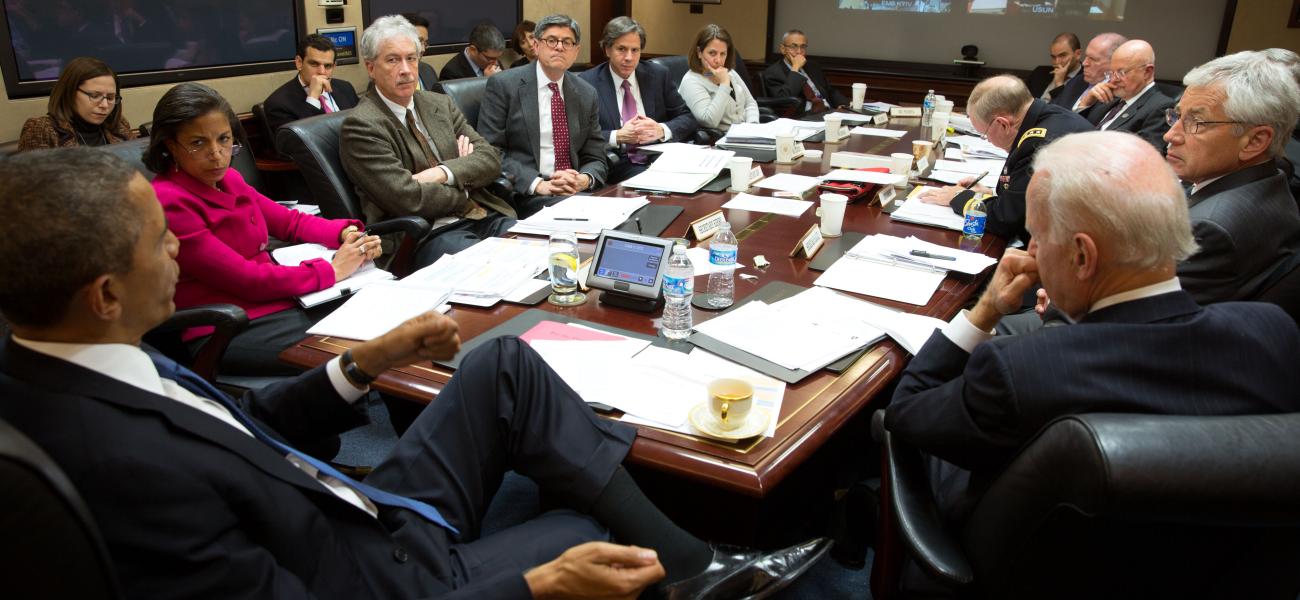
Build a Better Blob
This is a summary of an article originally published by Foreign Affairs with the subheading: "Foreign Policy Is Not a Binary Choice Between Trumpism and Discredited Elites."
While some identify Washington's mainstream foreign policy community, often called the Blob, as a bastion of expertise, Ashford argues that "the Blob clings to a narrow set of views about the United States’ global role" and offers a "far too rosy picture of the last few decades of American foreign policy." At the same time, the structure of this community discourages new ideas outside of pre-existing frameworks and presents a very limited spectrum of acceptable policy options. The Blob's post-Cold War foreign policy consensus allowed Washington to use "its unchallenged power in the unipolar moment to set off on a series of crusading missions," squandering "much of its military and political primacy." Proponents of the Blob's expertise see success in liberal internationalism's maintenance of the "long peace," however "judged against its own goals—peace, a rules-based order, and the maintenance of American primacy—the project of liberal internationalism has in many ways failed."
Ashford concludes the term Blob "has become so synonymous with the foreign policy elite" that "abandoning liberal internationalism" can become conflated with "abandoning expertise." Offering "the Blob as the only game in town" may benefit those who agree with its consensus, but "it sets up a dangerous dichotomy: to claim that expertise and hawkish liberal interventionism are one and the same leaves nothing but Trumpian incompetence as the alternative." The author suggests that "the best path may be to send Rhodes’s neologism into retirement. Instead of criticizing the Blob, reformers should work to replace it."
Read the full article at Foreign Affairs.
Emma Ashford
Emma Ashford is a research fellow in Defense and Foreign Policy at the Cato Institute and a term member of the Council on Foreign Relations.
Photo by Pete Souza shared in the public domain.
